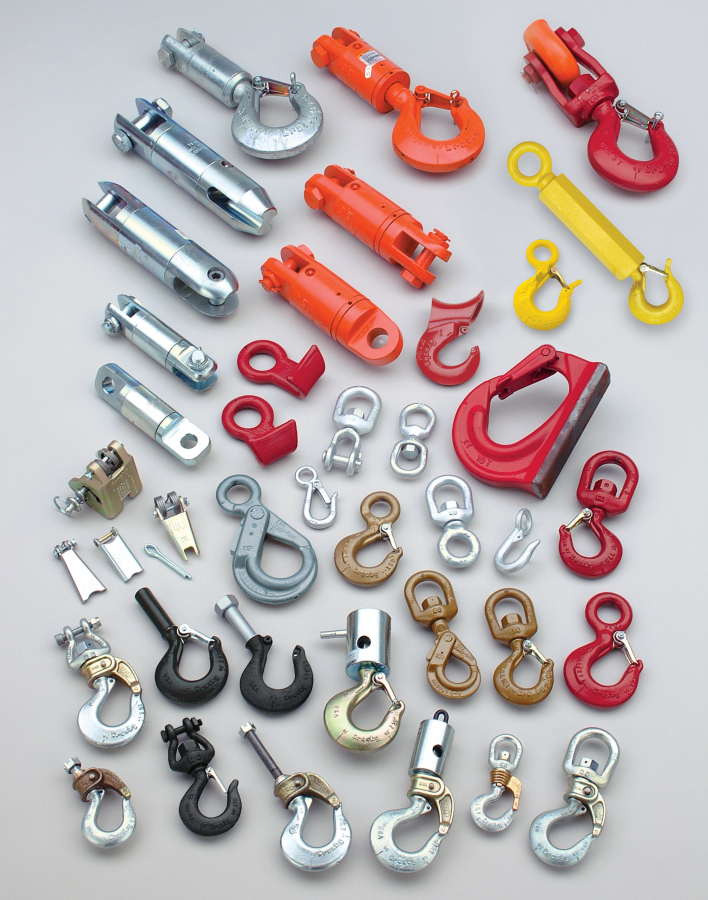Choosing Between Shackle and Clevis: Selecting the Right Rigging Hardware
- Bundit Suriyaburaphakul

- May 24, 2023
- 2 min read
In the world of rigging and lifting operations, two commonly encountered terms are shackles and clevises. While these terms are often used interchangeably, it is important to recognize that there are distinct differences between the two. This essay aims to shed light on the dissimilarities and unique features of shackles and clevises, exploring their construction, applications, and key characteristics.
Construction and Design: Shackles are typically designed as a U-shaped metal body with a removable pin or bolt that secures the two ends together. The body of a shackle may have a straight or curved shape, with the pin passing through openings or eyes located at each end. The pin can be secured by a nut or a cotter pin to prevent accidental disengagement.
On the other hand, a clevis features a U-shaped metal fitting with holes at the ends, allowing for the insertion of a pin or bolt to fasten it to another object. The pin or bolt passes through the holes, securing the clevis and the attached component together. The design of a clevis often enables adjustable connections and allows for various angles of attachment.
Applications: Shackles are widely used in lifting and rigging applications across industries such as construction, maritime, and manufacturing. They serve as vital connectors in lifting slings, hoists, cranes, and other heavy-duty equipment. Shackles provide a secure link between components, facilitating the safe and efficient movement of loads.
Clevises, on the other hand, find applications in diverse fields, including mechanical, agricultural, and automotive industries. They are commonly used for connecting rods, control mechanisms, and other parts that require adjustable or rotational connections. Clevises provide flexibility in assembly and are often utilized where periodic adjustment or disassembly is necessary.
Key Characteristics: Shackles are known for their robustness and load-bearing capabilities. They are manufactured with high-strength materials, such as alloy steel, to withstand heavy loads and extreme conditions. Shackles also exhibit excellent resistance to corrosion, making them suitable for both indoor and outdoor applications.
Clevises, although also constructed from durable materials, are typically designed for lighter loads and lower stress applications compared to shackles. They provide versatility in connecting components with the ability to accommodate angular misalignment and variable distances between attachment points. Clevises may be made from materials such as steel or stainless steel, depending on the intended application.
In summary, shackles and clevises are distinct components in the realm of rigging and lifting operations. Shackles are renowned for their strength, load-bearing capacity, and widespread use in heavy-duty lifting applications. On the other hand, clevises offer flexibility and adjustability, allowing for various connection angles and applications.
Understanding the differences between shackles and clevises is crucial for ensuring the appropriate selection and usage of rigging hardware in different contexts. By considering their construction, applications, and key characteristics, rigging professionals can make informed decisions regarding the most suitable choice for their specific needs, promoting safety and efficiency in lifting and rigging operations.

.png)



Comments